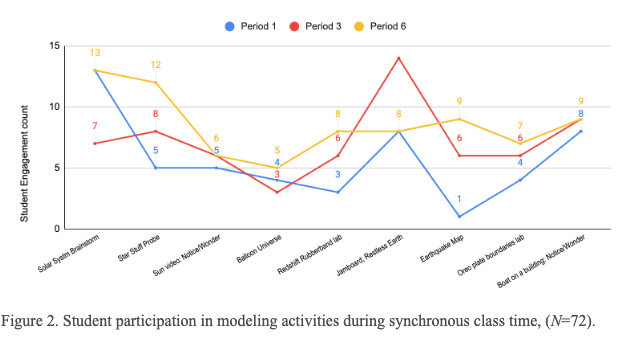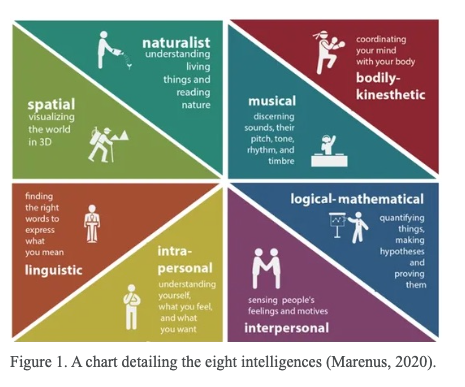Data Analysis Tutorial
Figures and Tables Formatting
Figures
For figures, your captions should utilize the Captions Below style pane in the template. The caption should have the Figure # followed by a period, then the figure caption with only the first word of the sentence capitalized. If you include a sample size, then there should be a comma before the ( ). If it's the whole sample size you'll use an italicized capital N (N=##). If it's a subset of the sample size, you'll use an italicized lower case n (n=##). For more information on Figure Captions, see the Figure Captions video from the Formatting Self-Check page (we'll use this page in MSSE 505 and 509).
Example 1

Example 2

Tables
For tables, your captions should utilize the Captions Above style pane in the template. The caption should have the Table # followed by a period, then the table caption with only the first word of the sentence capitalized. If you include a sample size, then there should be a comma before the ( ). If it's the whole sample size you'll use an italicized capital N (N=##). If it's a subset of the sample size, you'll use an italicized lower case n (n=##). For more information on Table Captions, see the Table Captions video from the Formatting Self-Check page (we'll use this page in MSSE 505 and 509).
Example 1
Table 1. Treatment and instrument methods.
|
Question |
Pre- and Post-Assessment Data |
Student Attitude Surveys |
Teacher Attitude Survey and Journal |
|
What is the impact of digital science notebooks on student learning in a 5th grade science classroom? |
X |
X |
X |
|
What is the effect on student attitudes towards learning science? |
|
X |
X |
|
What is the effect on student attitudes towards technology? |
|
X |
X |
|
What is the effect on teacher attitudes towards providing feedback and grading? |
|
|
X |
|
Are students taking responsibility for their learning? Can they express themselves and their learning virtually? |
|
X |
X |
Example 2
Table 2. Pre- and post-assessment scores, (N=16).
|
Student # |
No DSNB Pre-test |
No DSNB post-test |
DSNB Pre-test |
DSNB post-test |
|
1 |
20 |
85 |
45 |
98 |
|
2 |
35 |
60 |
40 |
90 |
|
3 |
30 |
85 |
70 |
98 |
|
4 |
30 |
65 |
45 |
60 |
|
5 |
45 |
100 |
65 |
90 |
|
6 |
30 |
85 |
25 |
85 |
|
7 |
50 |
80 |
50 |
80 |
|
8 |
55 |
75 |
70 |
95 |
|
9 |
25 |
85 |
45 |
75 |
|
10 |
75 |
100 |
75 |
95 |
|
11 |
65 |
90 |
70 |
75 |
|
12 |
60 |
75 |
35 |
80 |
|
13 |
25 |
70 |
15 |
58 |
|
14 |
35 |
60 |
45 |
45 |
|
15 |
25 |
75 |
45 |
40 |
|
16 |
65 |
85 |
40 |
73 |
|
|
|
|
|
|
|
Avg. Score |
41.87 |
79.68 |
48.75 |
77.31 |
